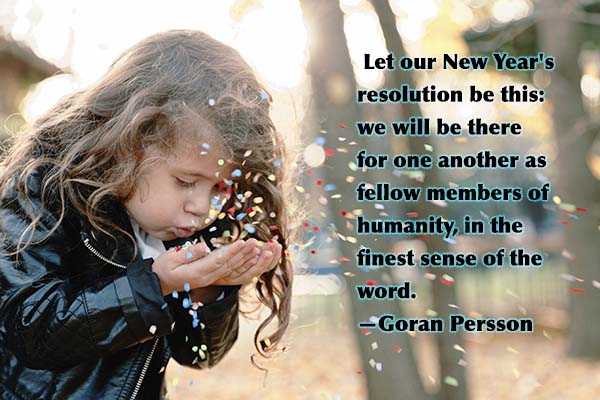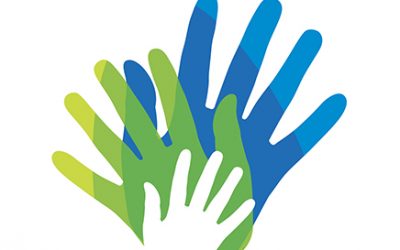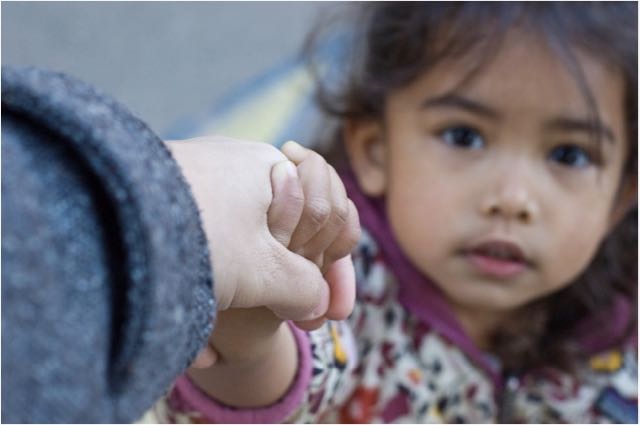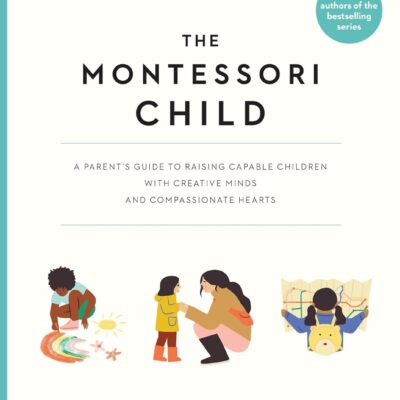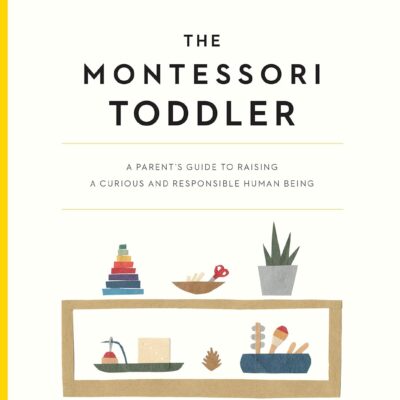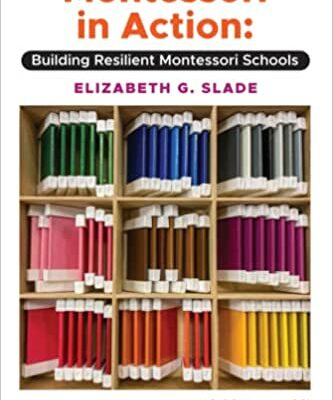My Daughters are Smart!
Written by Anita B. Adhikary
Illustrated by Blythe Russo
This book is an interesting alphabet book full of empowering words for boys and girls but is focused on girls —young and old, culturally diverse, interacting with each other and with men and boys, able-bodied and differently-abled. It pictures girls in situations from friendship to studying to camping to zip lining. Some of the words include: witty, sincere, tenacious, empathetic, confident, and fit.
Here are words of the author, Anita Adhikary, explaining her rationale for writing this children’s book.
“My purpose for writing this book is to empower women. I have witnessed firsthand the unfair treatment of girls in many Eastern cultures. Sons are often considered prized possessions but not daughters. The irony is, women are basically the pillars of the house, society, and community. Similarly, in the West, I have seen too many options for girls that only emphasize princess-culture: pretty, pink, and glittery objects that don’t encourage a lot of substance.”
While we know that one children’s book will not change a worldwide culture of inequality, it can help chip away at the stereotypes that many girls and women have grown up with. It is a book worth having in your school or home library.
Grace, Under Pressure
A Girl with Asperger’s and Her Marathon Mom
by Sophie Walker
There are so many books that one can choose from to read about children and families affected by autism. I have many in my library. I remember the first one that I read in the 1980s called Dibbs: In Search of Self. Back then, we didn’t even call what Dibbs suffered from by a name. I was a Montessori teacher and didn’t even know anything about the spectrum or ADD or OCD or ODD, but I knew that I had children in my classrooms that didn’t behave in ways that most children did. And I searched for ways to help them to be a part of our classroom and school community.
Then came my own children—both of them beautiful and smart and quirky in their own ways. As they grew and developed, we did our best to figure out the ways to support each of them. Their uniqueness’ caused joy, pride, heartache, and confusion at times.
When I began to read this book, Grace, Under Pressure, I realized that Sophie’s marathon was not the London Marathon but the agonizing struggle to find what is right for her child, for herself, and for her family. If you have a child on the spectrum, if you teach a child on the spectrum, if you love a child on the spectrum, you will be moved and inspired by this mom’s determination to find answers and support. This book gave me insight into the frustration of not knowing, into how alone parents feel as they deal with the everyday struggles of life with a child with special needs, and into what it means to take on the system for your child.
I highly recommend this book for parents and teachers of all children. You will not be able to put it down!
Jake’s Bones
Written by Jake McGowan-Lowe
Jake’s Bones is a fascinating children’s book that takes you around the world and even in your own backyard to
see the most amazing bones on the planet. Jake, an elementary-age author, captures the reader’s mind by telling everything from the biggest bones to the smallest bones and taking you back in time to look at dinosaur bones. Jake’s book is full of fun, and amazing facts about amazing animals. He’ll even help you make your own bone collection!
I highly recommend Jake’s captivating book for the elementary levels. If you don’t want to read about Jake’s python snake skull, you can read about Vulpy, his fox skeleton. Jake’s book is full of fascinating information discovered and written by a kid for kids! Jake’s fully colored guide to animal bones is sure to please any child’s mind.
— Reviewed by Teagan Allen
(12 years old), student in Upper Elementary, NewGate School, Sarasota, FL
Nuts for Coconuts
Written by
Christinia Cheung & Han Tran
Illustrated by Tong Wu
The authors have created a book that extols the virtues of the coconut tree in rhyme. They bring in not only the many uses for all parts of the tree but also the parts of the world where these plants thrive. The book is filled with facts and information about coconuts and the tree itself.
Rhyming can be fun. However, I do find that in a book such as this, it seems very contrived and sometimes difficult to concentrate on the ideas that are being presented. Children will most likely enjoy the rhyming. I do suggest that the reader practice a few times reading the book out loud before reading it to children so that it can be read smoothly without losing the context of the words.
The illustrator uses rich colors and wonderful detail in the pages of this children’s book. The illustrations help children to see the products, the landscapes, and the cultures within which the coconut is grown and used.
Cousins
by Linda Chalmer Zemel
The author describes in a very simple way the family relationship of cousins: who they are in relation to you, your parents, and your grandparents. She beautifully explains the ‘specialness’ of cousins. This will be a great start for future genealogists!
Part of the charm of this children’s book is that the illustrations are classic pieces of art. On the left-hand page of the book is the author’s text, and on the right-hand page is a print of artwork. For example: Girl with Watering Can by Auguste Renoir; The Artist’s Garden at Argenteuil by Claude Monet, or American 19th Century Schooner. I found it a little difficult to make the association between the artwork and the text. However, I can see that discussion could be generated around the text and art regarding the people or places depicted in the illustrations.
Over the years, I’ve noticed that young children have a sensitive period for trying to figure out family
relationships. Their sense of belonging and community is part of their social/emotional development. This book, in an easily understood way, will help children sort out at least one aspect of family relationships.
Tomorrow’s Child/ April 2014

